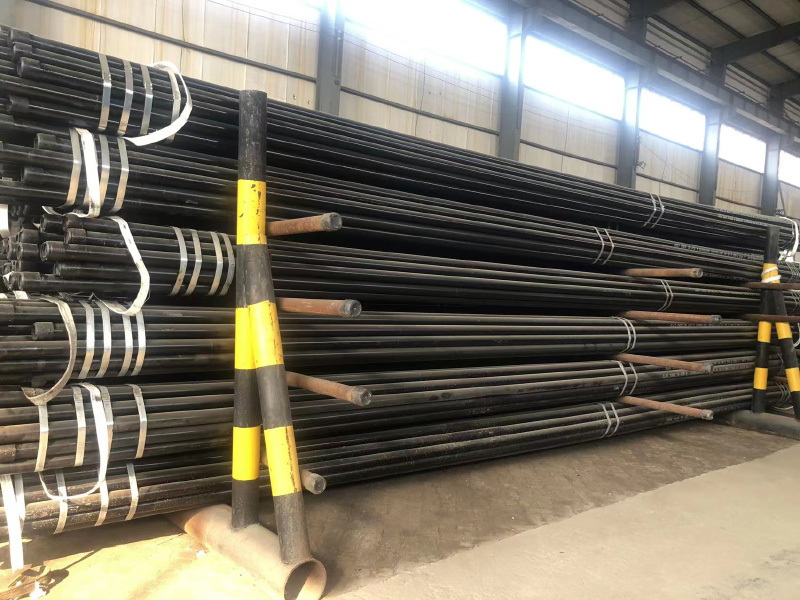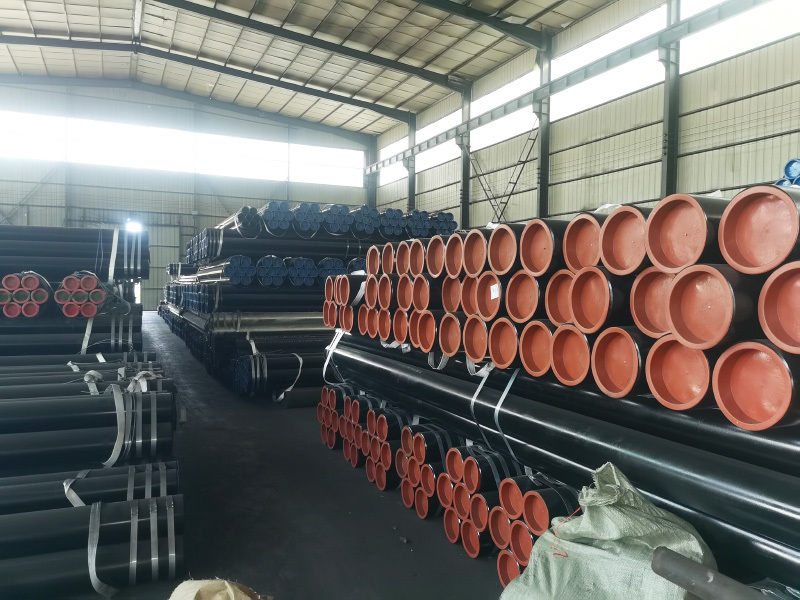Leading Smls Pipe and fittings supplier from China since 1991
The Essential Guide to RF Flanges: Understanding Their Role in Construction and Decoration
In the realm of construction and decorative materials, particularly in piping systems, RF flanges play a pivotal role. RF, or "Raised Face," flanges are designed with a raised surface that enhances the sealing area, making them a popular choice in various industrial applications. Understanding RF flanges is crucial for professionals in the construction sector, as they contribute significantly to t
Aug 08,2025

In the realm of construction and decorative materials, particularly in piping systems, RF flanges play a pivotal role. RF, or "Raised Face," flanges are designed with a raised surface that enhances the sealing area, making them a popular choice in various industrial applications. Understanding RF flanges is crucial for professionals in the construction sector, as they contribute significantly to the integrity and functionality of piping systems.
RF flanges are primarily utilized in scenarios that require a secure and leak-proof connection between pipes, valves, and other equipment. The raised face design allows for improved contact with the gasket, leading to a tighter seal. This feature is particularly beneficial in high-pressure applications, where the risk of leaks can pose safety hazards and lead to costly downtime.
One of the key characteristics of RF flanges is their compatibility with different types of materials. Depending on the project requirements, RF flanges can be made from various metals such as stainless steel, carbon steel, or alloy materials. This versatility allows construction professionals to select the right flange based on factors such as pressure ratings, temperature tolerances, and corrosion resistance.
When selecting an RF flange, there are several considerations to keep in mind. First, it is essential to assess the pressure and temperature conditions in which the flange will operate. Choosing the correct flange rating ensures that it can withstand the demands of the application without compromising performance. Additionally, the choice of gasket material is crucial, as it affects the seal's effectiveness and the overall longevity of the connection.
Another important aspect to consider is the flange's dimensions and standards. RF flanges must conform to established industry standards such as ANSI, ASME, or API, which dictate their dimensions, pressure classes, and materials. Adhering to these standards not only ensures compatibility with existing piping systems but also enhances safety and reliability in operations.
RF flanges can be found in various applications, ranging from water supply systems to oil and gas pipelines. Their robust design makes them suitable for both high- and low-pressure environments, which is why they are a staple in many industrial settings. Moreover, in decorative applications, RF flanges can contribute to aesthetic considerations while maintaining functional integrity.
In summary, RF flanges are a vital component in the construction and decoration materials industry, providing secure connections for piping systems. Understanding their characteristics, applications, and selection criteria is essential for professionals looking to ensure optimal performance and safety in their projects. By choosing the right RF flange, businesses can enhance the efficiency of their operations while minimizing risks associated with leaks and failures.
RF flanges are primarily utilized in scenarios that require a secure and leak-proof connection between pipes, valves, and other equipment. The raised face design allows for improved contact with the gasket, leading to a tighter seal. This feature is particularly beneficial in high-pressure applications, where the risk of leaks can pose safety hazards and lead to costly downtime.
One of the key characteristics of RF flanges is their compatibility with different types of materials. Depending on the project requirements, RF flanges can be made from various metals such as stainless steel, carbon steel, or alloy materials. This versatility allows construction professionals to select the right flange based on factors such as pressure ratings, temperature tolerances, and corrosion resistance.
When selecting an RF flange, there are several considerations to keep in mind. First, it is essential to assess the pressure and temperature conditions in which the flange will operate. Choosing the correct flange rating ensures that it can withstand the demands of the application without compromising performance. Additionally, the choice of gasket material is crucial, as it affects the seal's effectiveness and the overall longevity of the connection.
Another important aspect to consider is the flange's dimensions and standards. RF flanges must conform to established industry standards such as ANSI, ASME, or API, which dictate their dimensions, pressure classes, and materials. Adhering to these standards not only ensures compatibility with existing piping systems but also enhances safety and reliability in operations.
RF flanges can be found in various applications, ranging from water supply systems to oil and gas pipelines. Their robust design makes them suitable for both high- and low-pressure environments, which is why they are a staple in many industrial settings. Moreover, in decorative applications, RF flanges can contribute to aesthetic considerations while maintaining functional integrity.
In summary, RF flanges are a vital component in the construction and decoration materials industry, providing secure connections for piping systems. Understanding their characteristics, applications, and selection criteria is essential for professionals looking to ensure optimal performance and safety in their projects. By choosing the right RF flange, businesses can enhance the efficiency of their operations while minimizing risks associated with leaks and failures.
Hot Tags:
PREVIOUS:






